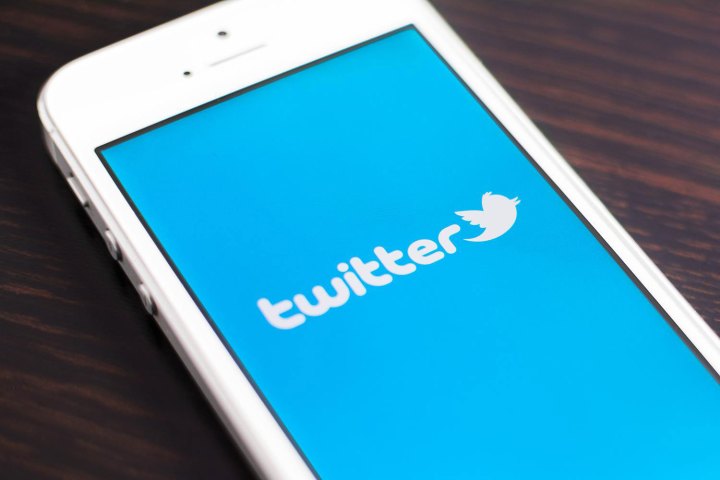
Today, to help address this issue, Twitter has announced the creation of a council with this specific purpose in mind. “We are announcing the formation of the Twitter Trust & Safety Council, a new and foundational part of our strategy to ensure that people feel safe expressing themselves on Twitter,” wrote Patricia Cartes, Head of Global Policy Outreach in Tuesday’s blog post.
The purpose of the newly established council, as described by the social media platform, is to “ensure people can continue to express themselves freely and safely on Twitter,” but with the provision of additional tools and policies. Noting that hundreds of millions of Tweets are released into the world on a daily basis, Cartes stated that it is “extraordinarily complex to strike the right balance between fighting abuse and speaking truth to power,” one that “requires a multi-layered approach where each of our 320 million users has a part to play, as do the community of experts working for safety and free expression.”
Twitter, as well as other social media platforms, has found itself in the cross-hairs of the ongoing debate around the extent to which tech companies should aid in the war against terrorism. Extremist groups like ISIS have long used very public and available resources like Twitter, Facebook, and other messaging apps to recruit new fighters, spread propaganda, and even communicate within the organization itself.
But with the formation of the Trust & Safety Council, Twitter is clearly taking a more assertive stance in limiting expression in the digital 21st century.
“As we develop products, policies, and programs, our Trust & Safety Council will help us tap into the expertise and input of organizations at the intersection of these issues more efficiently and quickly,” the blog post reads. Everyone from safety advocates to academics to researchers will advise Twitter on how to establish “greater compassion and empathy on the Internet,” as will “grassroots advocacy organizations that rely on Twitter to build movements and momentum.”
Moreover, Twitter notes that their new council will actively combat online trolls, and will work with “community groups with an acute need to prevent abuse, harassment, and bullying, as well as mental health and suicide prevention.”
For a full list of participating organizations, check out Twitter’s blog post here.


